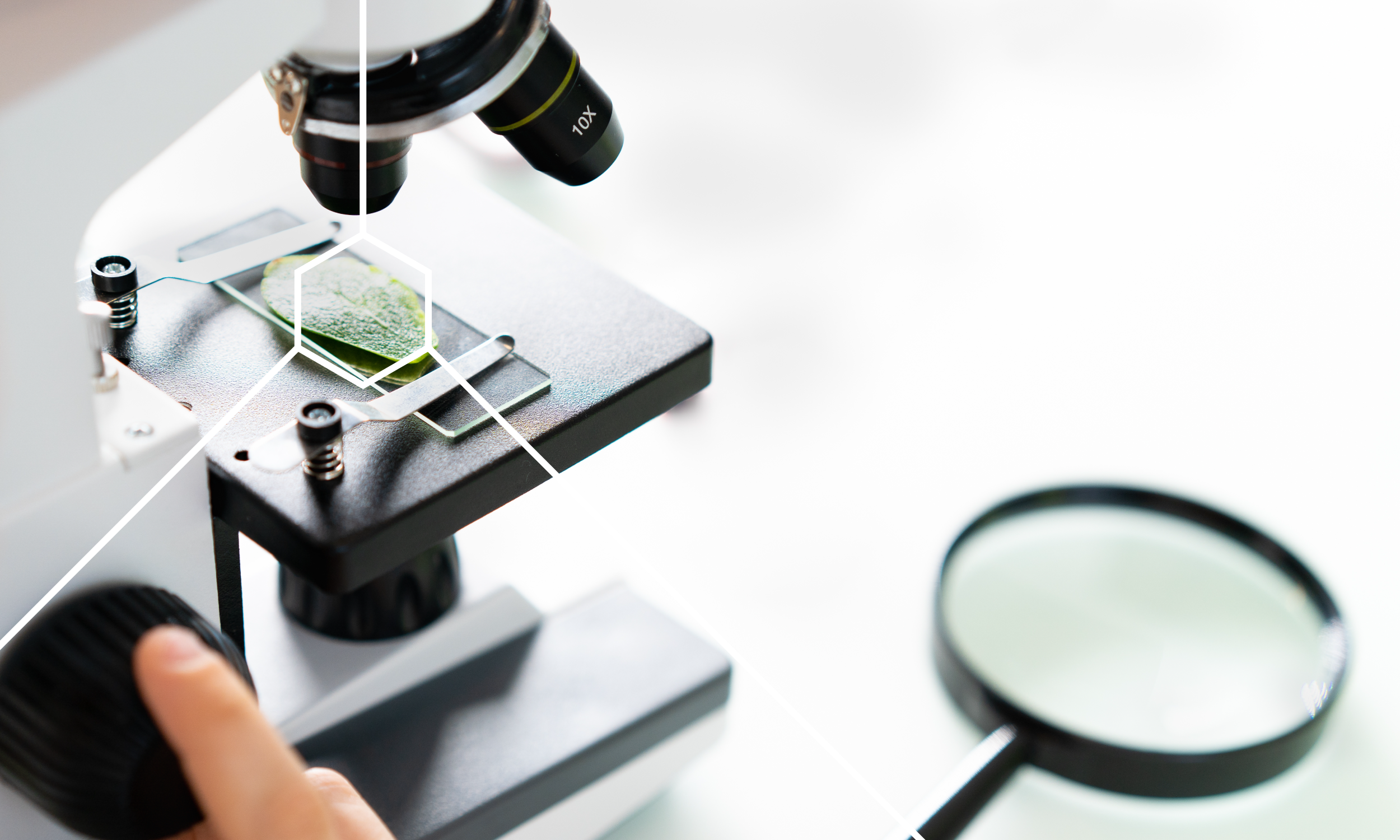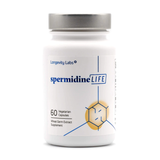
*The following article is a summary of the findings from a scientific article titled "Polyamines in Aging and Disease." Further information and details on this study are located in the links below.*
Polyamines are important players in our body’s proper functioning and have been known to science for more than 300 years. They have been identified in all eukaryotic organisms and most prokaryotic organisms as well, meaning that they are almost a universal part of existence. They interact with negatively charged molecules in our bodies, like DNA, RNA and proteins and play a major role in processes like cell proliferation, growth, survival and remodeling. Three of the most important polyamines in our bodies are putrescine, spermidine and spermine. Recent research has shown the relationship between polyamines and the body’s ability to resist stress and disease. As more focus is put on polyamines’ role in disease, stress resistance and its association with aging, we’re learning more and more on how to utilize these polyamines as longevity instruments to improve both lifespan and health span for this generation and many to come.
Polyamines all originate from the amino acids arginine, ornithine and methionine. The three main sources of polyamines come from our diet, endogenous production within the cells and endogenous creation from our gut biome. Polyamines are regulated through creation, breakdown and movement throughout the body.
In the process of aging, polyamines are deeply involved across a wide range of species. The intensity of the effect of antiaging is both polyamine and tissue specific. Spermidine specifically has been shown to have numerous positive effects when it comes to longevity within human cells. It has been shown that there is a negative association between spermidine levels and perceived age in the basal ganglia in human brains, further supporting the argument that these polyamines have a strong longevity effect. One way to increase polyamine levels in the body is through food, with either a diet full of the amino acids and polyamines that contribute to longevity or direct supplementation of these polyamines, to increase internal levels. There is very strong evidence that spermidine is the next breakthrough in the battle against aging.
Stress, whether we like it or not, is inevitable and can take a toll on our body. Polyamines also play an important role in how our bodies deal with stress. While there has not been enough extensive research done on mammalian organisms to make a solid claim, research conducted on model organisms has shown the positive effects these molecules have on the survival strategy of stress resistance. Spermidine has been shown to increase resistance to heat and hydrogen peroxide and decrease oxidative stress levels in these model organisms. From this research, we can assume that polyamines play a role in stress resistance but the degree to which they aid and the specific mechanisms used and affected we are still unsure.
Out of all of these processes affected by polyamines, one of the most important is the process of autophagy. Autophagy is the mechanism that breaks down dead, dying or malfunctioning organelles within our cells. This process is essential for survival and works in tandem with our body to deal with stressed, diseased or aged cells to clear them out and make room for new, healthy cells. Research has shown that not only does autophagy have a multitude of pathways that induce it, but it also appears as the meeting point for genetic pathways involved in aging. One of the main mechanisms of the polyamine Spermidine is to trigger the autophagy pathway, also triggering the positive effects on life span and aging.







